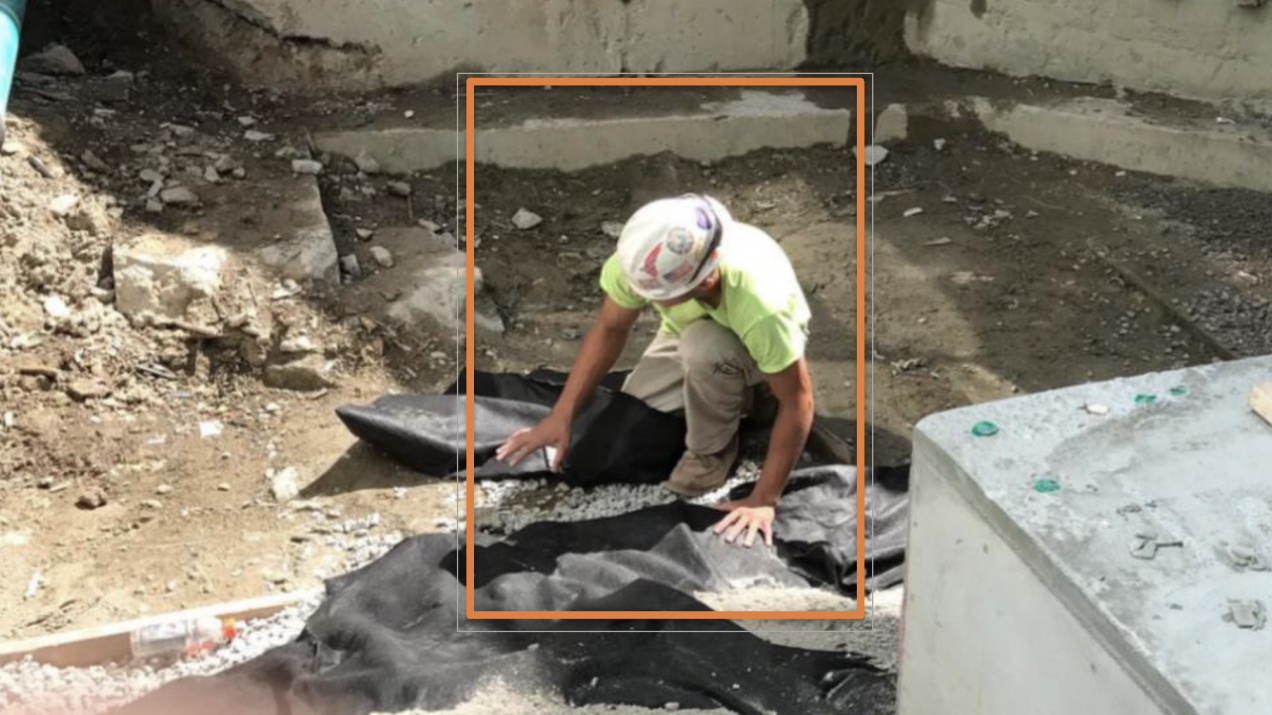

Smart Cities / IoT
AI could help the construction industry work faster—and keep its workforce accident-free
The construction industry, long a technology laggard, is hiring data scientists to boost efficiency.

Construction workers are killed on the job five times more often than other laborers. Now a new kind of construction worker—a data scientist—aims to use artificial intelligence to predict the likelihood of injury and intervene.
Suffolk, a Boston-based general contractor with annual sales of $3 billion, is developing an algorithm that analyzes photos from its job sites, scans them for safety hazards such as workers not wearing protective equipment, and correlates the images with its accident records. The company is still fine-tuning the technology but says it could potentially compute “risk ratings” for projects so safety briefings can be held when an elevated threat is detected.
Suffolk is also writing an algorithm that would parse information from a variety of sources, including 10 years of scheduling data from its archives, and forecast project delays—information that could be communicated to building owners and subcontractors. Suffolk is also exploring ways to utilize data from IoT sensors to increase efficiency. One idea is to track the location of its concrete suppliers’ trucks so that workers are ready to pour the concrete as soon as the trucks arrive.
Such data crunching is rare in construction, which has been slow to adopt advanced analytics—in part because margins are thin and tried-and-true methods have a firm hold. “People know how to build the way they know how to build,” says James Benham, the CEO of JBKnowledge, a software and consulting firm that conducts an annual global survey on construction technology. “And it’s hard to convince most of them to do things any other way.”
But a labor shortage and a desire to boost the industry’s low productivity rates are compelling some firms to invest in data science. Proponents say the budding trend could eventually transform the $13 trillion sector. Benham estimates that about 20 construction firms in the US have launched some kind of data science initiative in recent years.
Suffolk is one of these pioneers. In 2017, it appointed a McKinsey management consultant named Jit Kee Chin as its first chief data officer. The role, which the company describes as “leveraging big data and advanced analytics to improve the core business,” is a new one in the construction industry. Other companies may have a “director of innovation,” “vice president of construction technology,” or head of R&D that handles similar tasks, but Chin arguably wields more influence, given her C-suite title and broad remit, which includes working with the company’s innovation and strategy teams on technology initiatives.
Like other construction firms, Suffolk generates a lot of data, from field reports and job-site photos to supplier contracts and inspection records. In the past, the company’s various applications couldn’t share data easily, so the company struggled to do any type of forecasting. Chin hired a group of data scientists and experts in data visualization, IT, and operations, who stitched together the company’s data feeds and designed an online dashboard to present the information. The result is a program that lets Suffolk employees look at a single summary chart of all the company’s projects around the country and view details on each one’s finances, safety record, schedule, and more.
Chin’s group uses this information to create predictive algorithms designed to manage construction risks. It built its worker-safety predictor by taking more than 700,000 images from 360 projects over the past 10 years, uploading them to a cloud-based platform developed by the startup Smartvid.io , and running an image recognition algorithm to identify whether workers were wearing hard hats, gloves, and safety vests and goggles. The team then plugged the tagged photo information, along with weather and other project-related data, into a second machine-learning model. The group is now deciding whether to tweak the algorithm to detect ladders and scaffolding, which could cause falls, and dangerous clutter at a job site.
Writing its own algorithms should also help Suffolk integrate new types of data into its forecasts. The company frequently experiments with emerging technology and is currently testing wearable gadgets that can be programmed to recognize hazardous zones in a job site and record whether workers are present there, according to chief innovation officer Chris Mayer.
Chin estimates that these new digital tools could help Suffolk increase productivity by 14 to 20 percent in a few years. A 2017 McKinsey report says construction firms could boost productivity by as much as 50 percent through real-time analysis of data. “The industry desperately needs this type of capability,” says Benham of JBKnowledge. “It can help people make better decisions and shave weeks to months off their project schedules.”